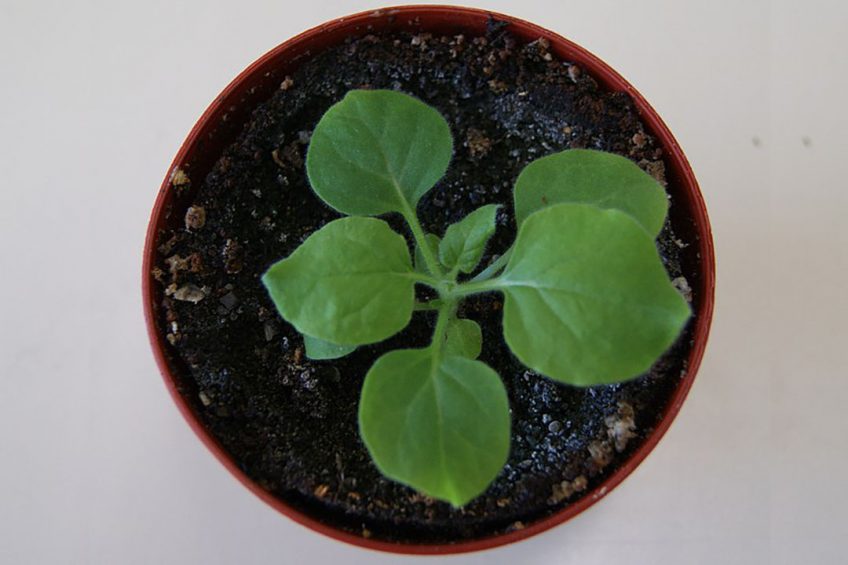Research: Plant-produced virus-like particle vaccine for H6N2

Prof Celia Abolnik, research chair in Poultry Health and Production at South Africa’s University of Pretoria, led a team in the study of the efficacy of a plant-produced virus-like particle vaccine in chickens challenged with influenza A H6N2 virus.
The efficacy, safety, speed, scalability and cost-effectiveness of producing hemagglutinin-based virus-like particle (VLP) vaccines in plants are well-established for human influenza, but untested for the poultry influenza vaccine market that remains dominated by traditional egg-grown oil-emulsion whole inactivated virus vaccines.
Tobacco instead of chicken eggs for vaccine production
A process conceived by a group of UC Davis students substitutes tobacco plants for conventional manufacturing methods that rely on chicken eggs and cell culture, to cut development time for new vaccines from 6 months to as little as 6 weeks.
For optimal efficacy, a vaccine should be closely antigenically matched to the field strain, and updated regularly. In this study, an H6 subtype VLP transiently expressed in the leaves of Nicotiana benthamiana, a strain of tobacco, was formulated into a vaccine and evaluated for efficacy in chickens challenged with a heterologous H6N2 virus.
Plant-produced vaccines can be produced safely and sustainably and have massive potential to control animal diseases in Africa and beyond,” – Prof Celia Abolnik
Chickens’ immune response
A single dose of the plant-produced H6 VLP vaccine elicited an immune response comparable to 2 doses of a commercial inactivated H6N2 vaccine, with mean hemagglutination inhibition titres of 9.3 log2 and 8.8 log2 , respectively. Compared to the non-vaccinated control, the H6 VLP vaccine significantly reduced the proportion of shedders and the magnitude of viral shedding by >100-fold in the oropharynx and >6-fold in the cloaca, and shortened oropharyngeal viral shedding by at least a week.
 Track the movement of Avian Influenza
Track the movement of Avian Influenza
For everything you need to know about AI, from the latest outbreaks to controls stay up to-date…
Prof Abolnik estimates that just 1kg of plant leaf material can produce H6 VLP vaccines sufficient for between 5,000 and 30,000 chickens. “Plant-produced vaccines can be produced safely and sustainably and have massive potential to control animal diseases in Africa and beyond,” says Prof Abolnik.













